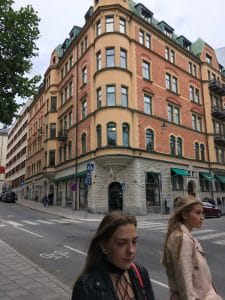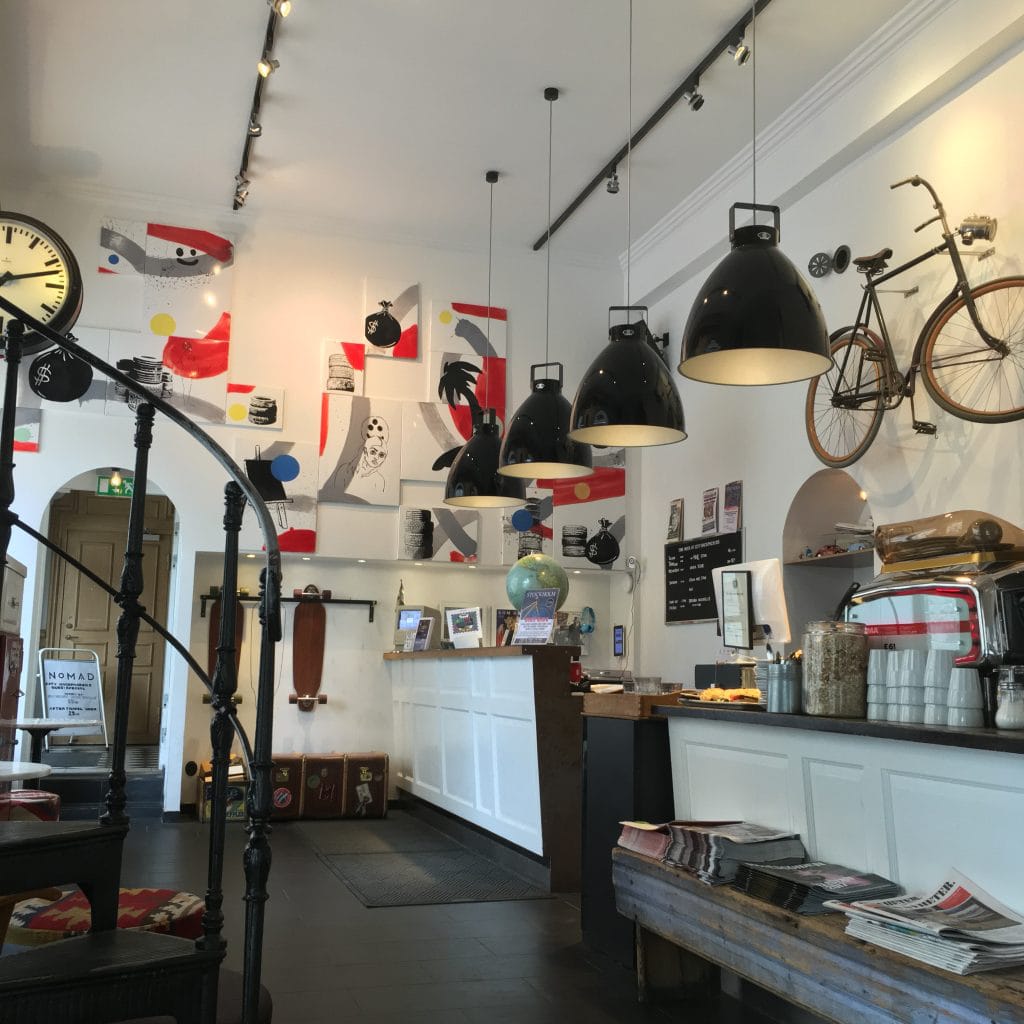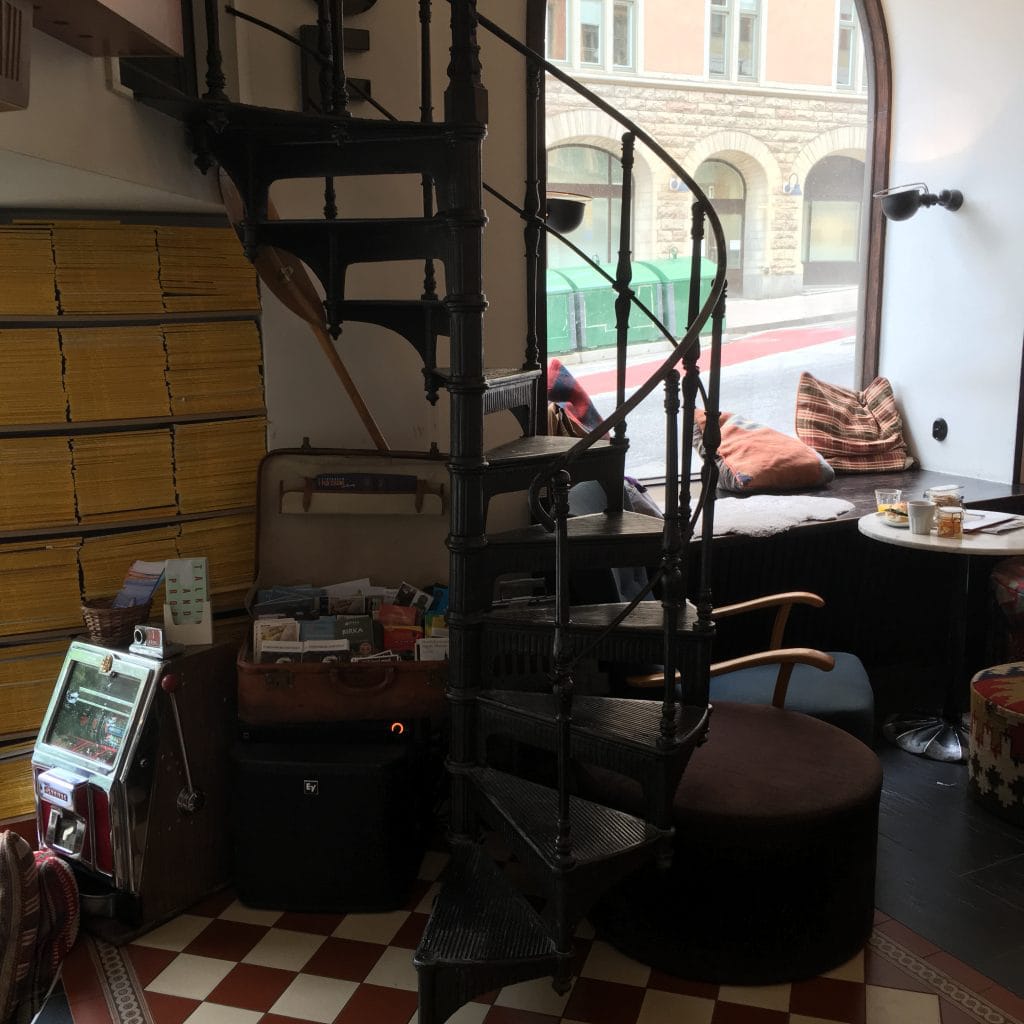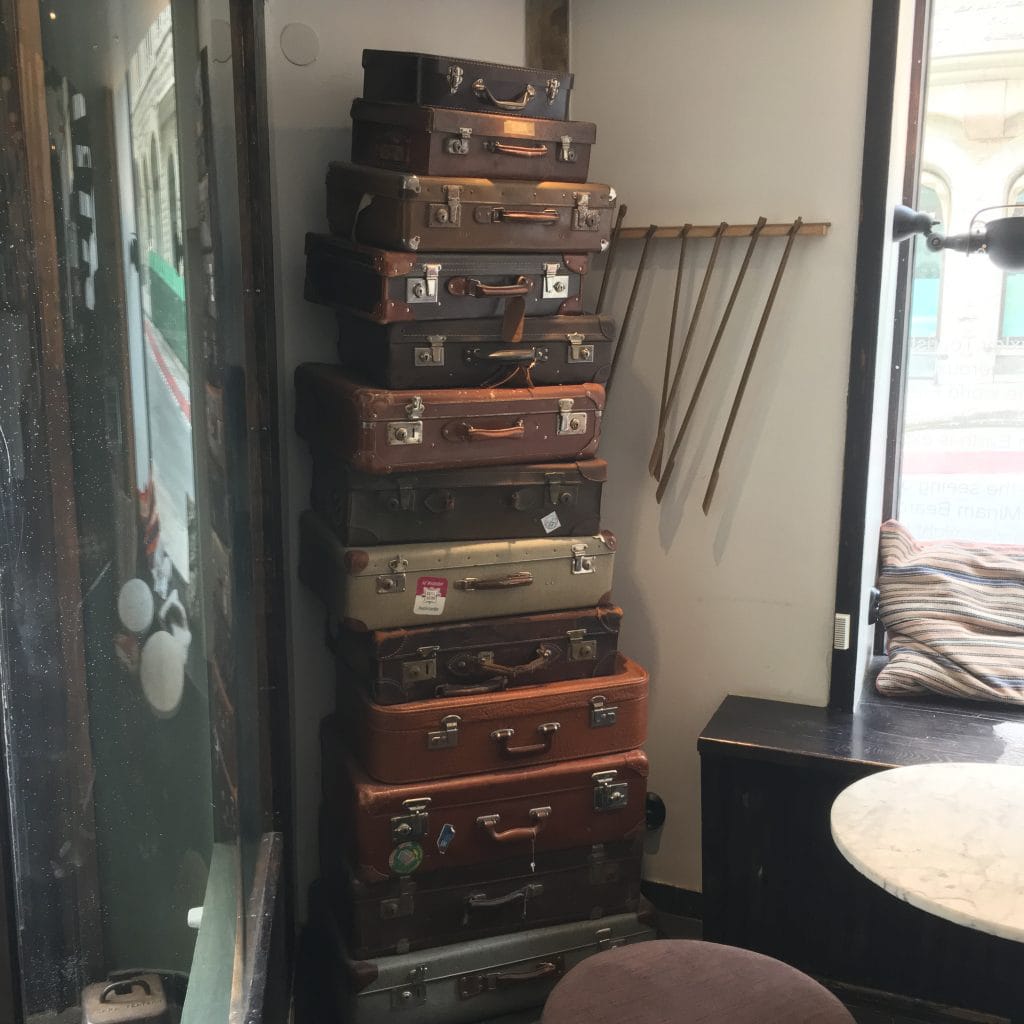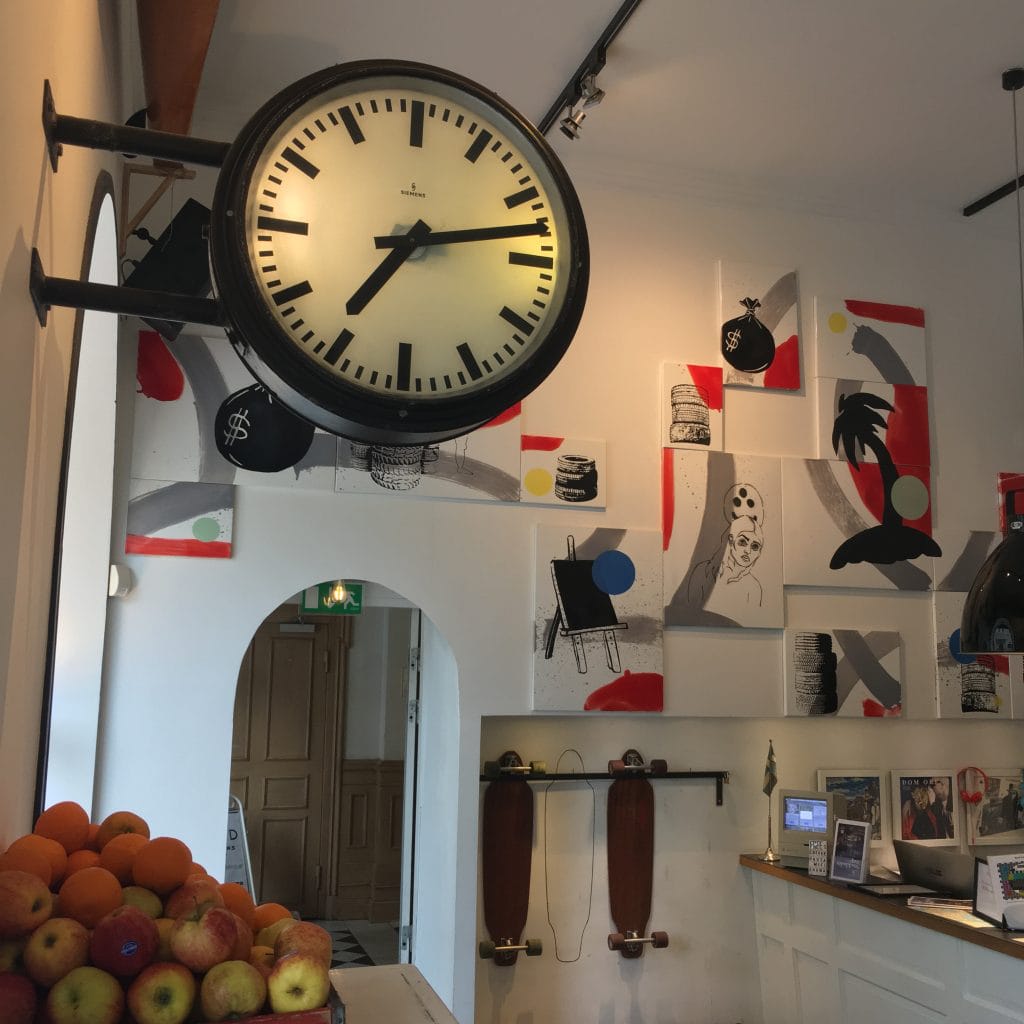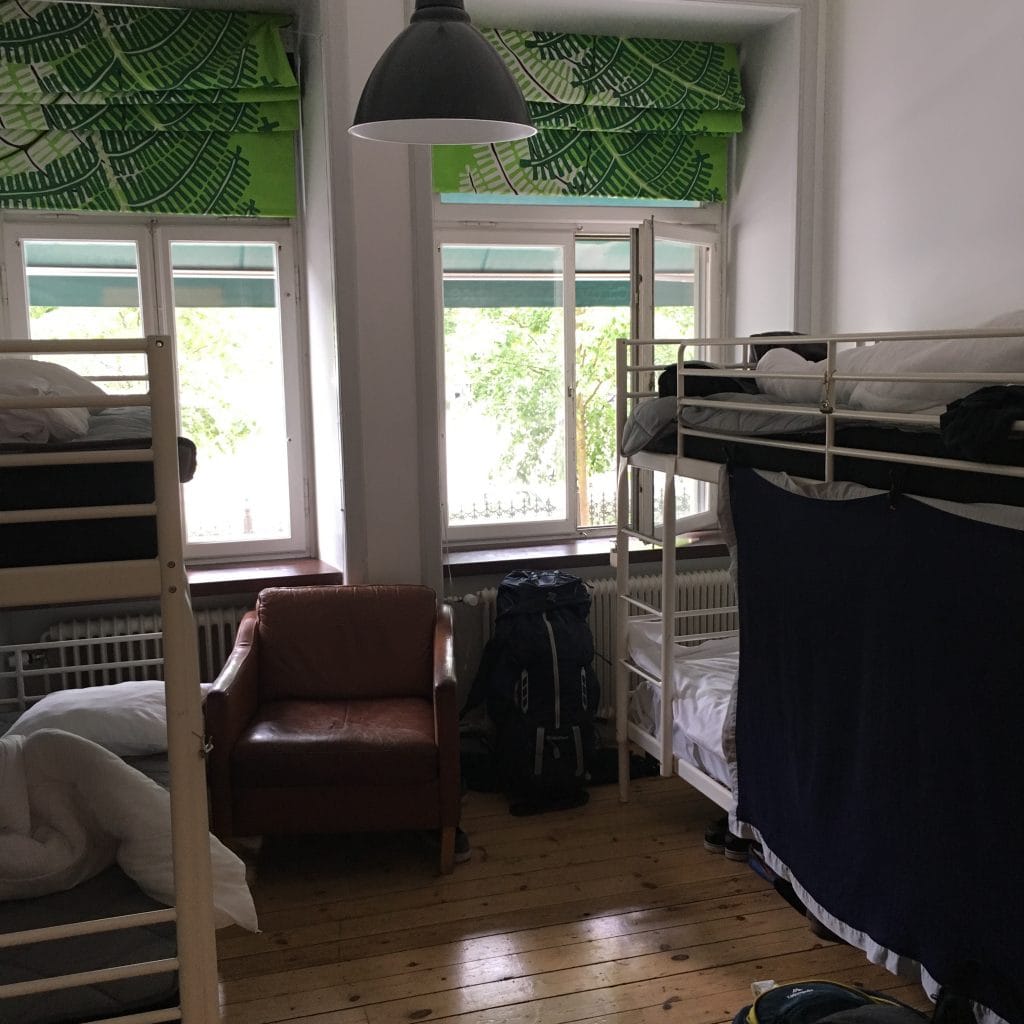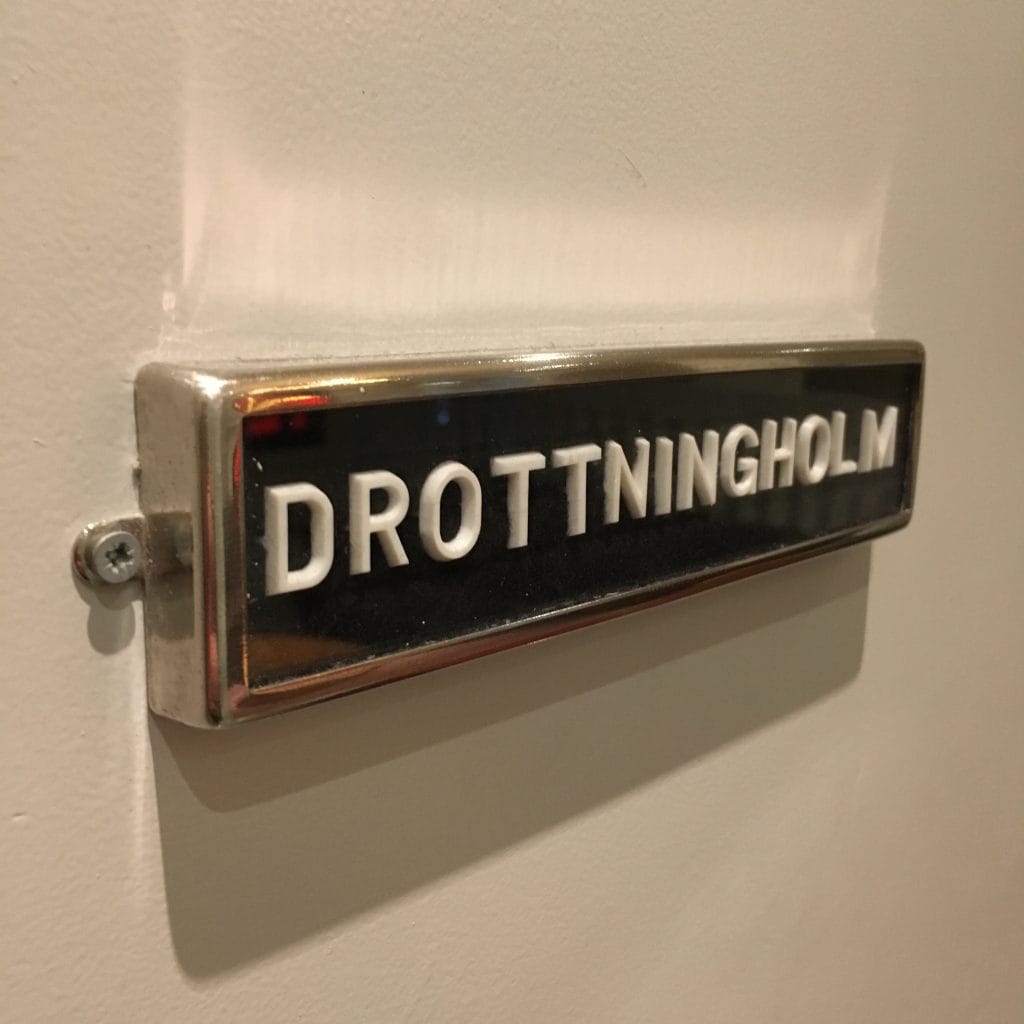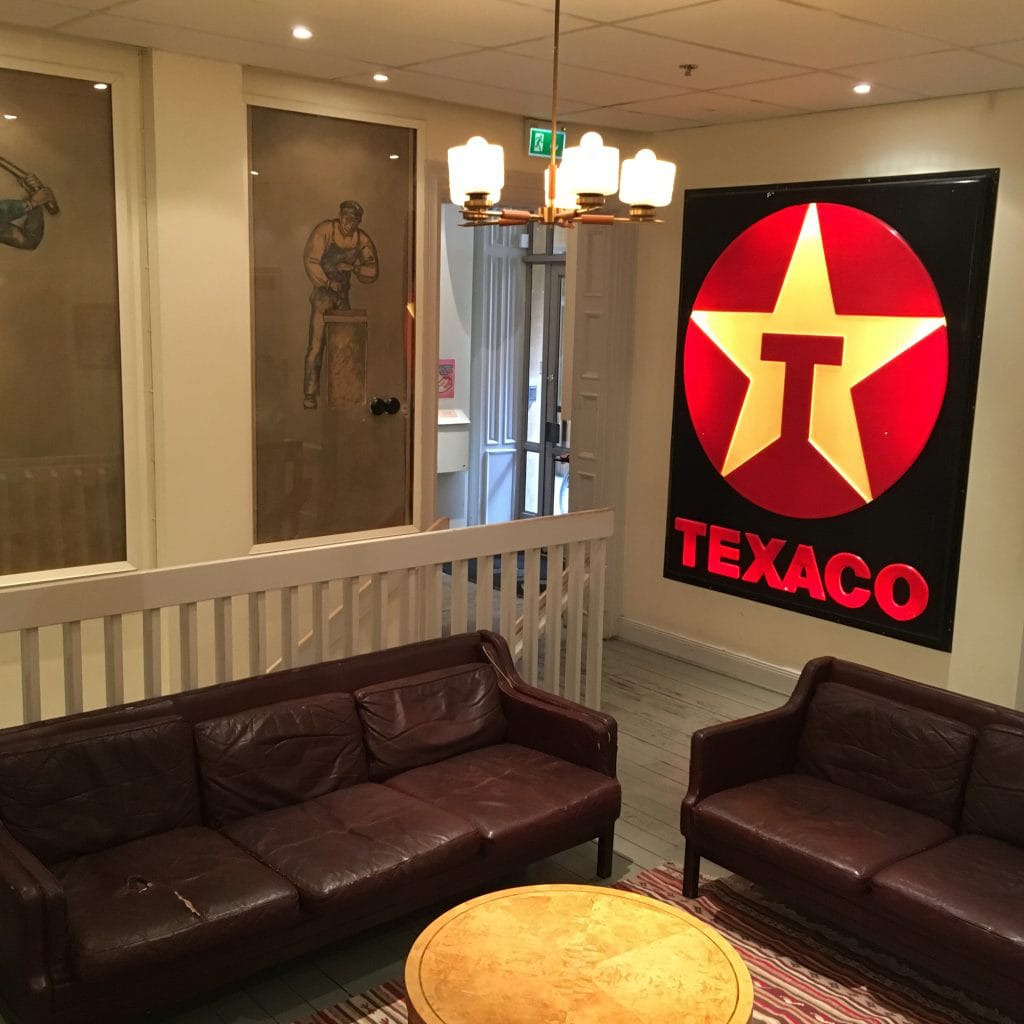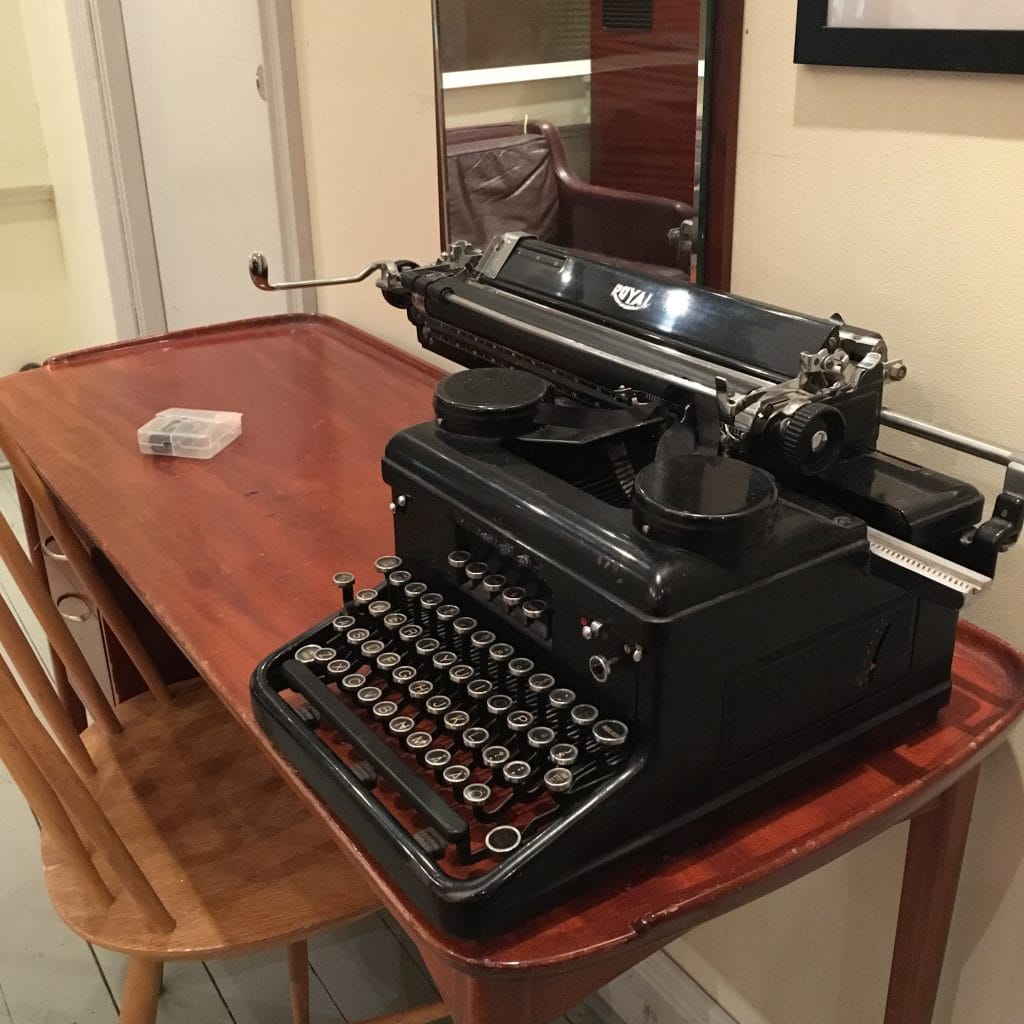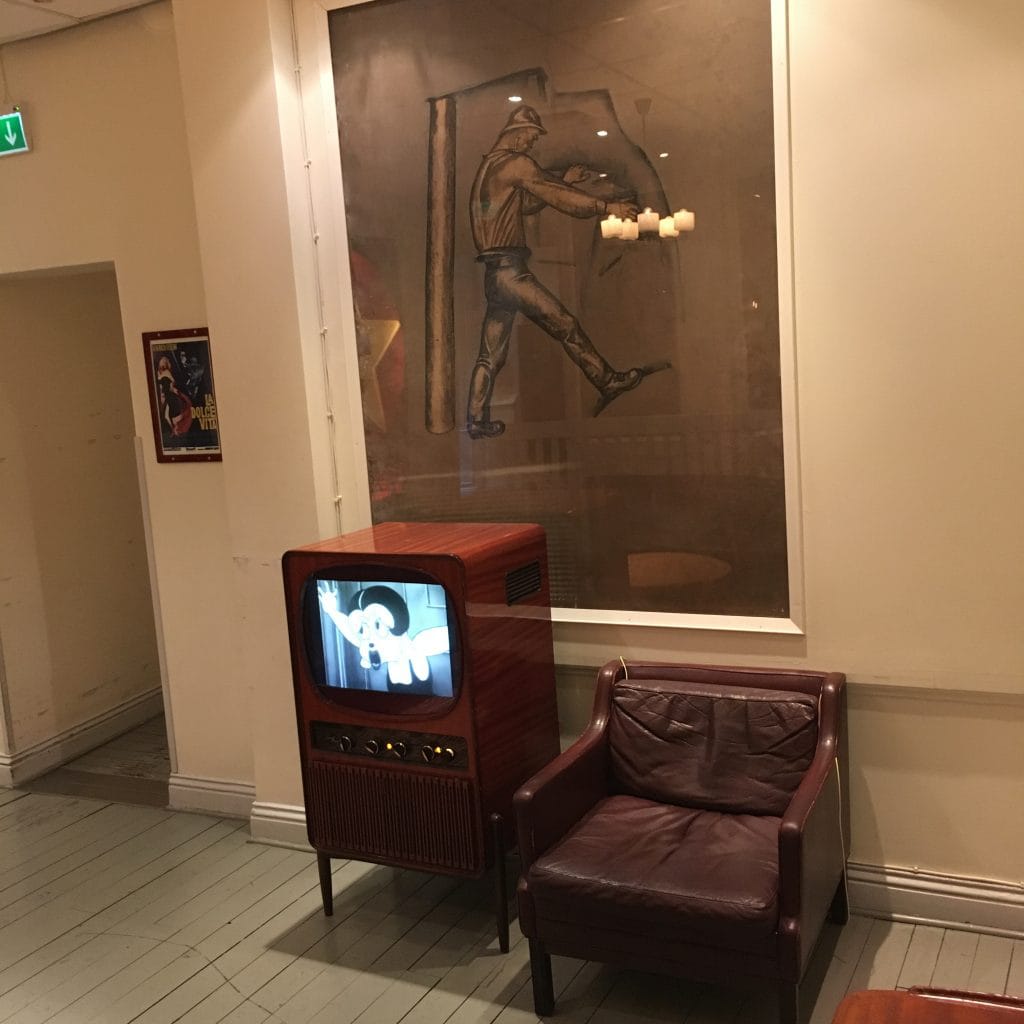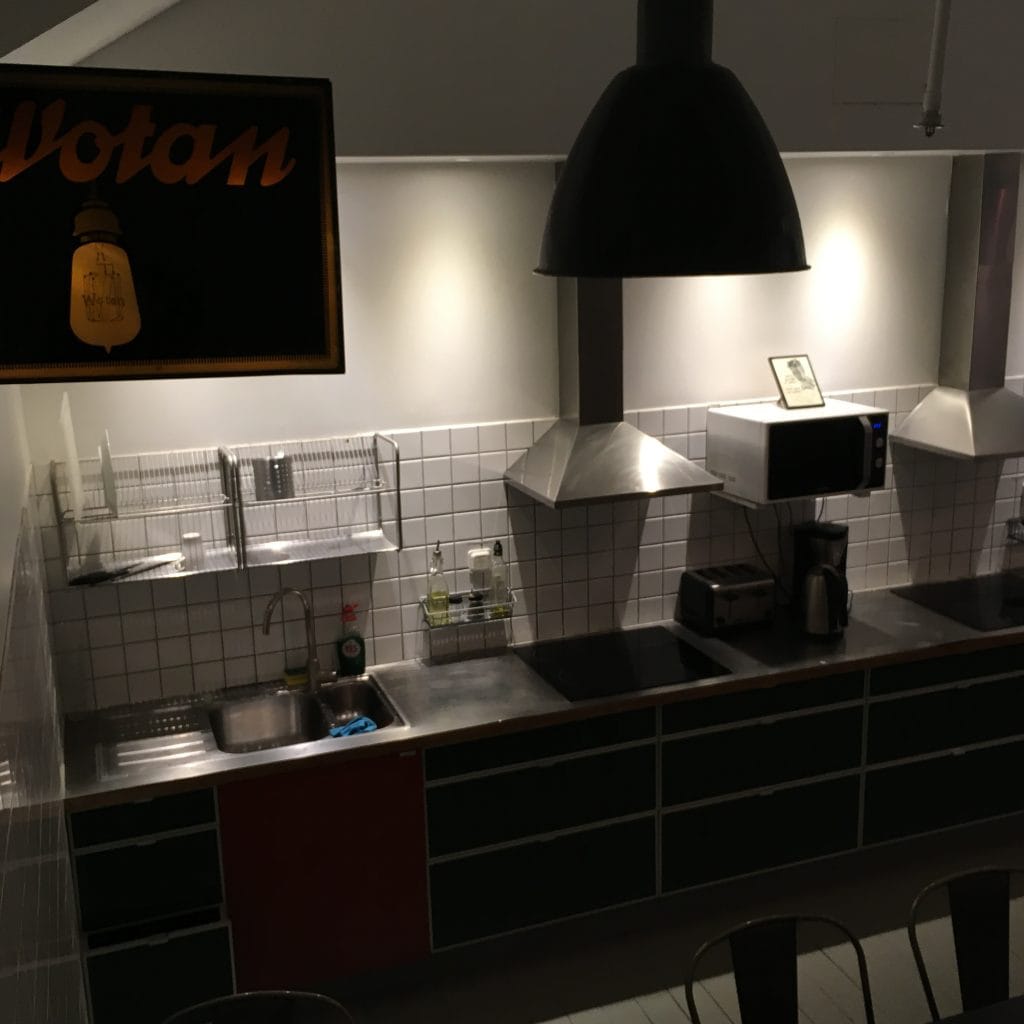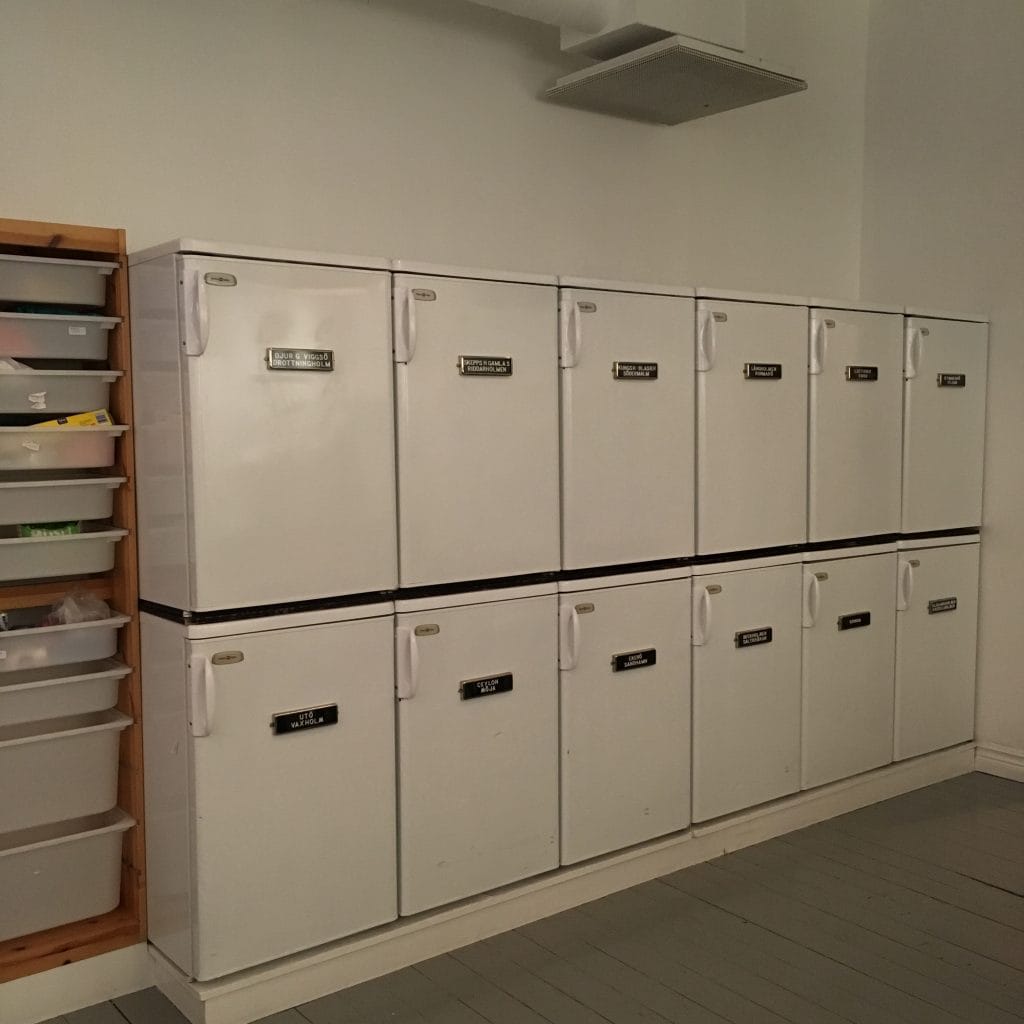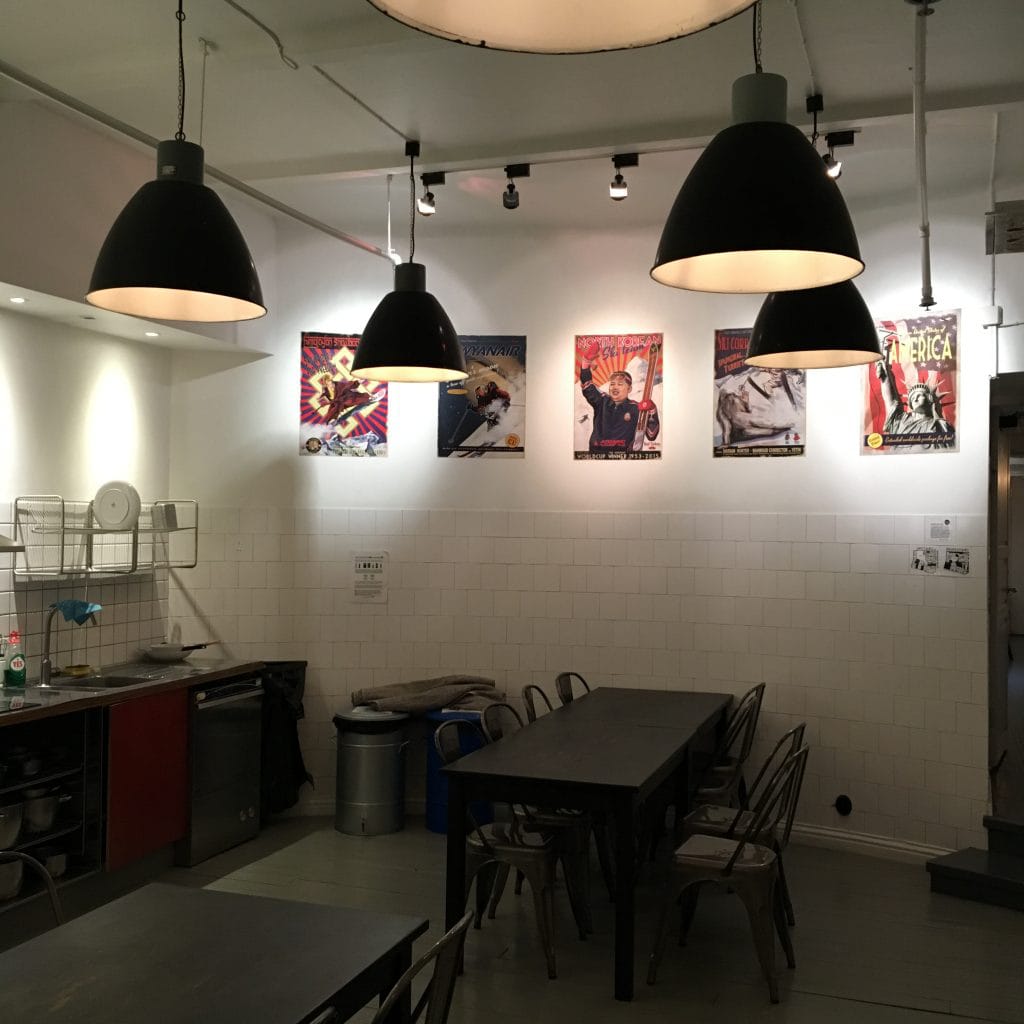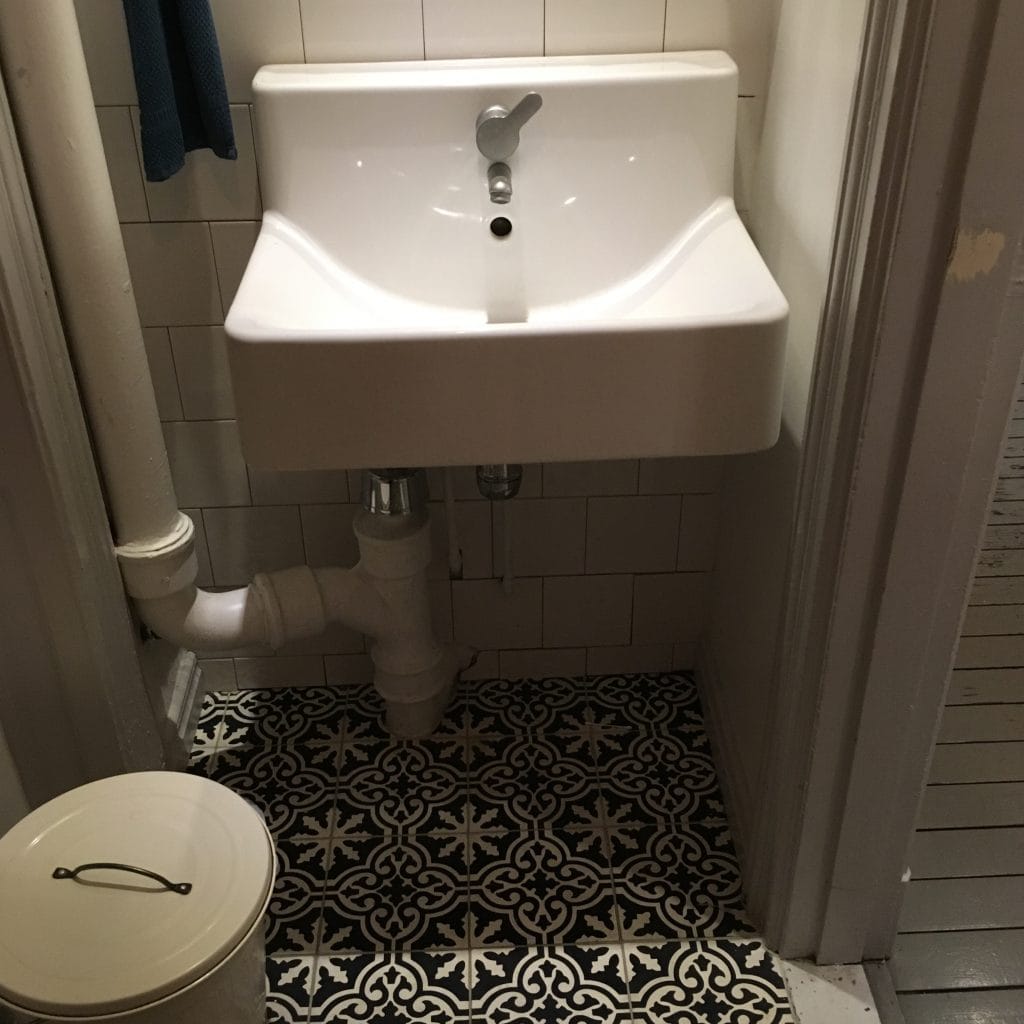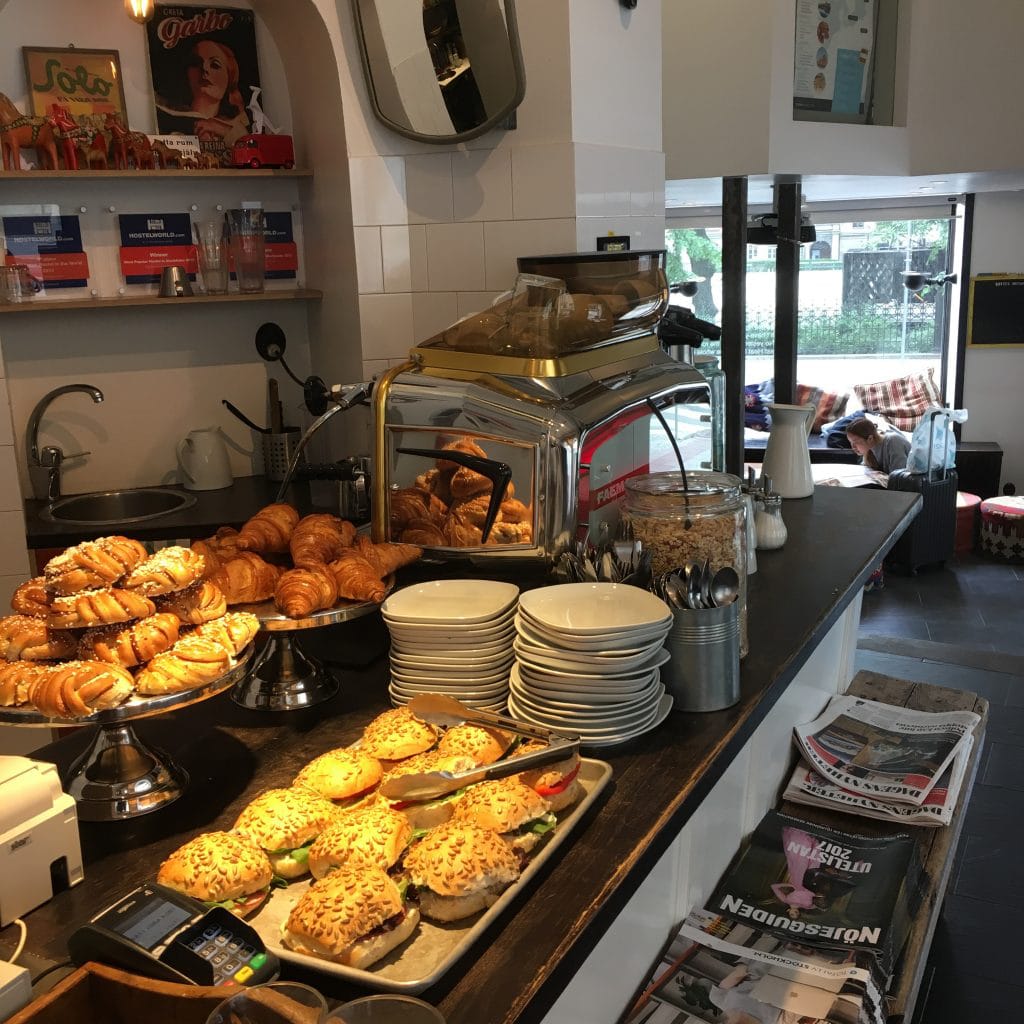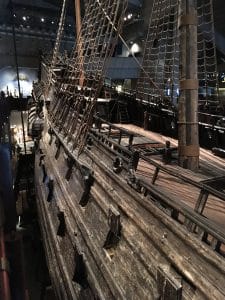 Yesterday my phone battery went flat so I had to use a paper map and it was so easy. No fiddling around zooming in and out of a tiny screen. The maps and apps on the phone are brilliant tools but they give you so much more than you really. I have trouble seeing the important icons for the things I really need like the Metro stations among the clutter of other commercial locations like restaurants and shops that fill up the screen. I have switched between Maps and Google Maps to find the best and I think Maps is the quickest but the directions are so big they take up a third of the screen – I think Maps it was made for people in cars. Google Maps has more stuff but sometimes it’s far too much stuff. When you select a route in Google Maps it puts a dotted line right over the name of the street you need to go down and you spend so much time zooming in and out trying to read it. Finding where all the dropped pins are is a hassle. The phoneis an amazing asset in these unknown cities but you still need to flip over to other apps to see the metro map or the bus and train routes – flip, flip, fiddle, faddle – it was a such a nice break air to use a regular paper map – at a single glance I could see where I was, the direction I wanted to go and the all the nearest metro stops – and I could scribble on it. I was brought up using paper maps, from ordinance survey maps to the A-Z of London that I knew inside out – it was nice to use some old skills. In fact, I’ve now decided to best and most fun way to get around Stockholm is on a bike with a paper map.
Yesterday my phone battery went flat so I had to use a paper map and it was so easy. No fiddling around zooming in and out of a tiny screen. The maps and apps on the phone are brilliant tools but they give you so much more than you really. I have trouble seeing the important icons for the things I really need like the Metro stations among the clutter of other commercial locations like restaurants and shops that fill up the screen. I have switched between Maps and Google Maps to find the best and I think Maps is the quickest but the directions are so big they take up a third of the screen – I think Maps it was made for people in cars. Google Maps has more stuff but sometimes it’s far too much stuff. When you select a route in Google Maps it puts a dotted line right over the name of the street you need to go down and you spend so much time zooming in and out trying to read it. Finding where all the dropped pins are is a hassle. The phoneis an amazing asset in these unknown cities but you still need to flip over to other apps to see the metro map or the bus and train routes – flip, flip, fiddle, faddle – it was a such a nice break air to use a regular paper map – at a single glance I could see where I was, the direction I wanted to go and the all the nearest metro stops – and I could scribble on it. I was brought up using paper maps, from ordinance survey maps to the A-Z of London that I knew inside out – it was nice to use some old skills. In fact, I’ve now decided to best and most fun way to get around Stockholm is on a bike with a paper map.
The reason the phone died, and it’s a new iPhone SE I bought in Portland that easily lasts all day on a full charge, was because today I made a 40 minute Facetime call to Julia while wandering from the Vasa Museum to the Modern Art Museum which is a ferry ride and a bit of walking, and it drained the battery.

The Vasa Museum is one of the top attractions in Stockholm so I got there early to avoid the crowds and I stayed for about 3 hours. Briefly, a ship was built in 1624 to rival all other war ships, it took 4 years to build and used tonnes of oak, had 64 cannons and ornate scultpures all around the sides, it was a magnificent example of Middle Ages craftmanship but soon after being launched it sank in the harbour – a major embarrasement for the Swedish King, Gustav II Adolf who had invited all his fancy friends to come down to see it in action.
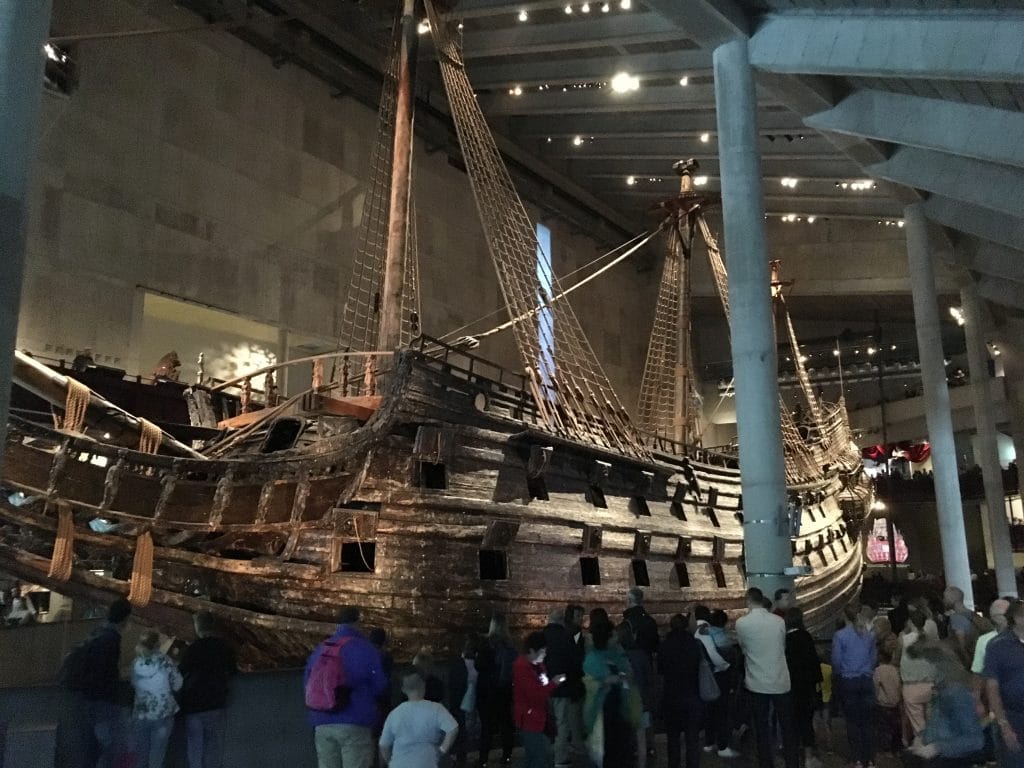

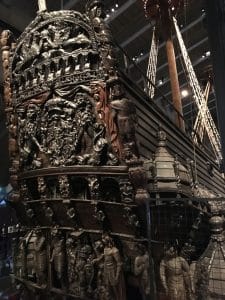
But 300 years later it was hauled up in a major salvage operation. Because of the polluted water with sulphates in the river and low oxygen it was well preserved. The reason it sank was simply comes down to basic physics, it was too top heavy with too many cannons in the mid level, and they left all the lower gun-ports open on the launch day – a gust of wind came up, the ship tilted and water poured in the open gun-ports.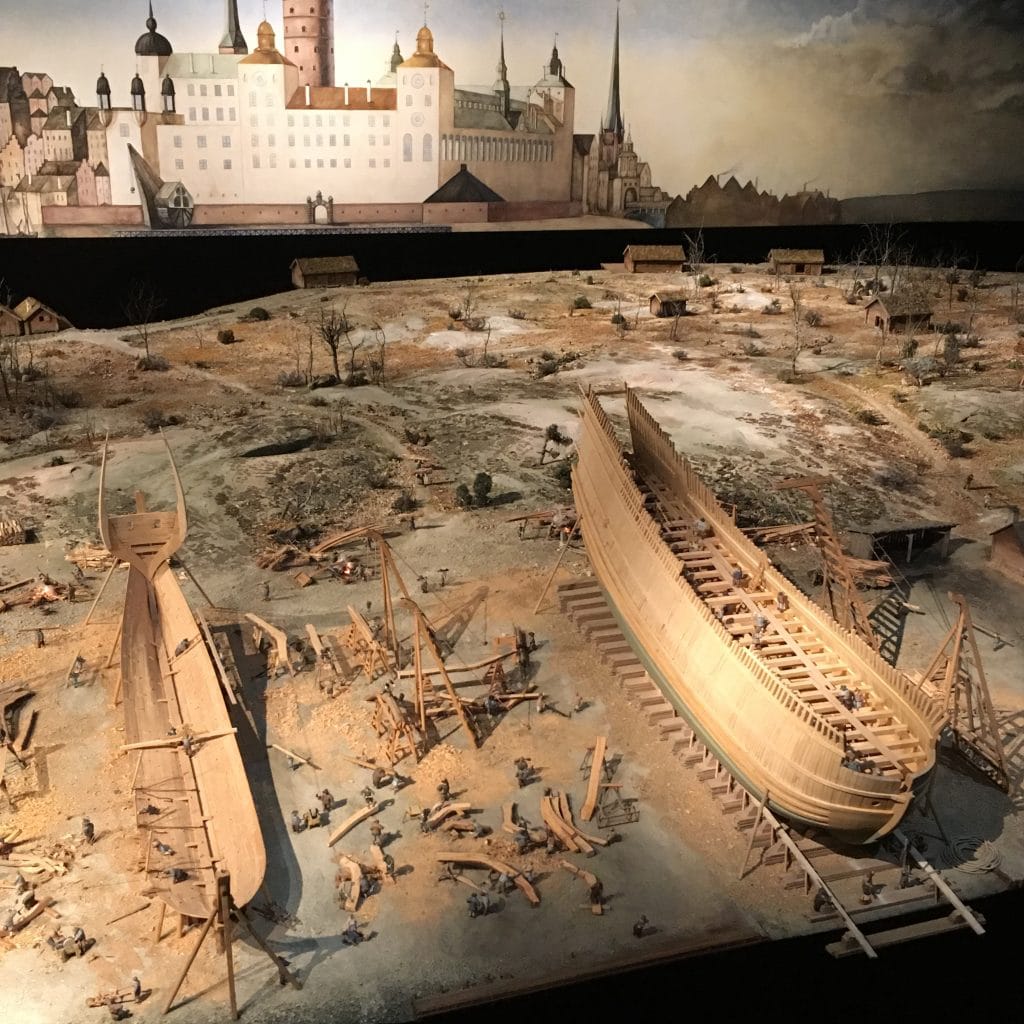
Another great part of the exhibition is the fine examples of beautiful model-making craftwork. These included the shipyard and construction phases, the modern salvage operation and profiles of the people who worked on the ship. There’s also an auditorium with a movie of the whole story.

 A ferry ride took me to the Museum of Modern Art on a nearby island where, apart from the permanent exhibition, there was an exhibition of work by the architect, furniture and fabric designer Josef Frank.
A ferry ride took me to the Museum of Modern Art on a nearby island where, apart from the permanent exhibition, there was an exhibition of work by the architect, furniture and fabric designer Josef Frank.
And finally, the view from my bed as I write this post.

